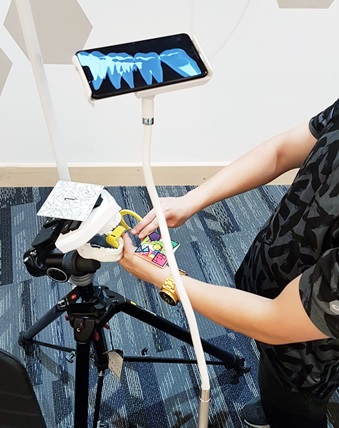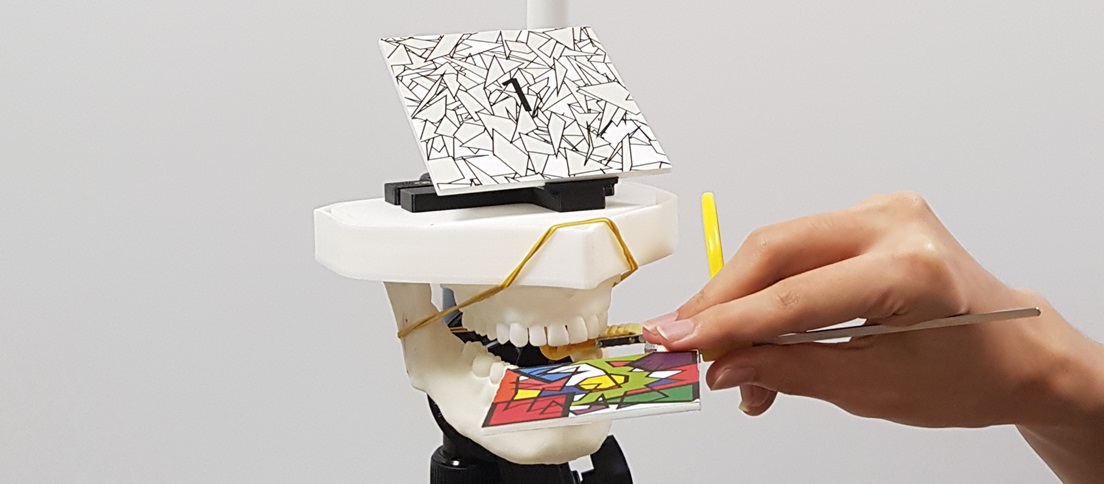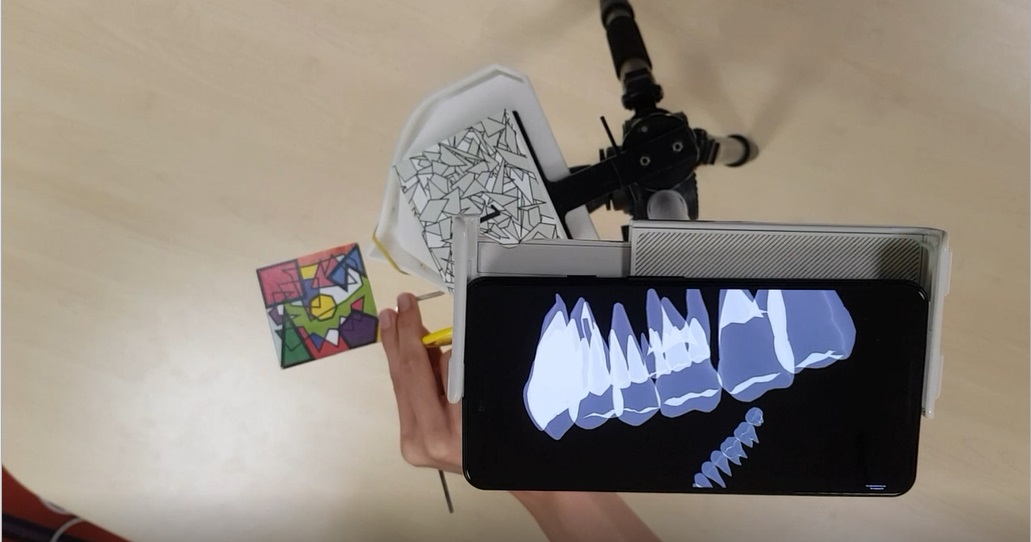
iRadiate3D
Collaborators
This project was done in collaboration with the Faculty of Dentistry, National University of Singapore.
Overview
Providing real-time visual feedback of a simulated teeth x-ray to bridge learned theory to practical exercise.
Background
Intraoral radiography is a important skill that dental students have to learn and practice. To provide accurate diagnosis, they have to take sufficient insightful oral images and minimal shots to limit the exposure to radiation. A simulator helps students to prepare for their first patient and provides the platform for lecturer to provide feedback as the students are placing the film.
As part of intraoral radiography lessons, students work with a mannequin to test their practical skills. The current mannequin enables students to place the film, expose it to radiation and check the result of the imaging. This reduces the need for volunteers and training platforms for students.
Key Problem(s)
Films used for during practical sessions on the mannequin for imaging are not reusable and the training requires the use of the x-ray room. This takes up valuable resources and there is limited time (within the booked session) for students to practice. Weaker students may need more attempts, which may not be possible given the cohort and time limit for lessons.
Objective
The objective is to explore alternative methods to simulate film placement for more immediate and realistic feedback.
Solution
Co-designed during Blended Reality Summer School 2019 (BRSS 2019), iRadiate3D is a physical setup with a computer and webcam to help novice learners relate the physical position of the x-ray film with the final image. This setup could be placed in a computer lab or classroom that is more accessible for practice and discussion.
Most simulators provide the intraoral x-ray view by placing the film in the mannequin and removing it to see the final image. Without the film in its original position, it is difficult to envision the final image with the position of the film. With real-time visualization made possible with augmented reality technology, students can better understand the spatial relation between the x-ray image and the film’s physical placement.
Impact
This is an outcome of BRSS 2019. Future studies will be conducted to understand students' feedback and its impact on learning.
Gallery




Project Contact
Yen Ching-Chiuan
didyc at nus.edu.sg
Team Members
Ivan Tan Yuwen
Felix Austin
Mandi Lee